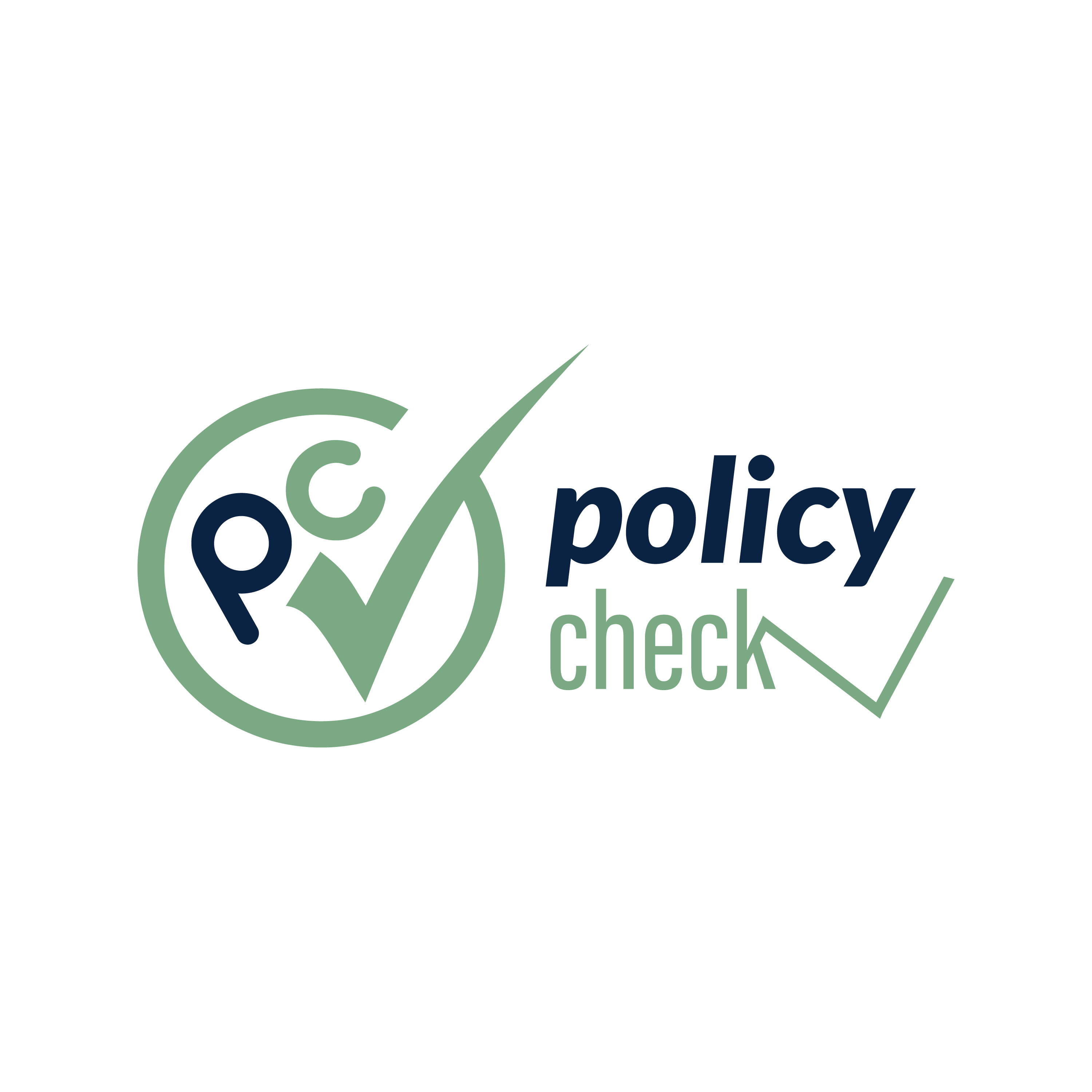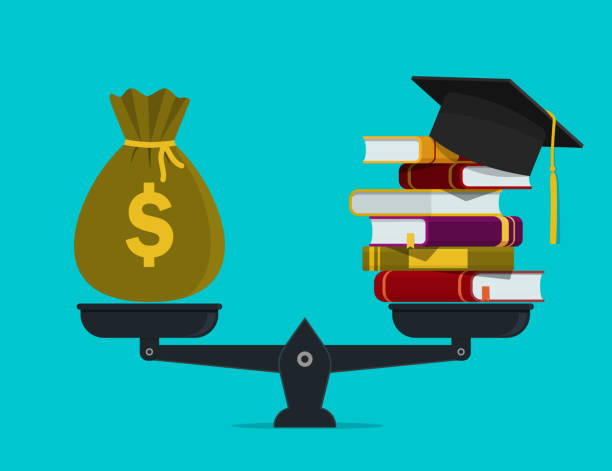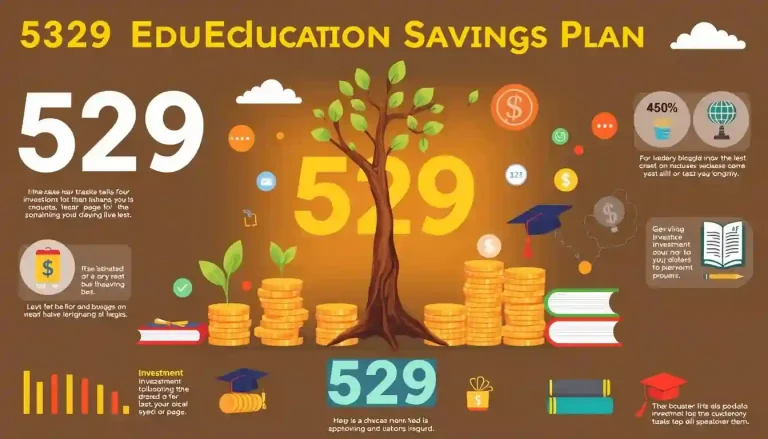Understanding Student Loans
Loans are one of the most popular student funding methods which is aimed at paying for tuition,meal, shelter and other school related expenses. These are loans, which are borrowed capital, which is expected to be repaid by the borrower with or without interest. There are two primary types of student loans: federal and private. Federal loans are those loans which are offered with the assistance of the government of USA, often at varying interest rates and flexible procedures of repayment.
That is private loans, such kind loans are provided by banks or other financial institutions, and often have higher interest rates and more stringent credit conditions. Thus, students should follow some points before they borrow: While borrowing the money, they should think twice regarding their necessity and their ability to repay the amount without putting pressure on their pocket for a long-run.
What Are Scholarships?
Scholarships are special funds that are awarded to learners to assist them to meet costs of learning. An important aspect one should know is that they are usually not repayable and this makes them some of the most sought after methods of minimizing cost incurred in acquiring education.
Scholarship can be based on the performance in class, athletics, music or drama, or community involvement and leadership. Certain scholarships also aim at students with certain characteristics: ethnic, gender, or by enrollment in STEM, or being a veteran. Scholarships are easy to acquire as long as one is willing to undertake research and apply early enough so as to reduce the costs of education.
Exploring Grants: A Financial Aid Option
Scholarships are another type of aid that can be cash, voucher or another type of financial instrument which does not need to be repaid. They are usually funded by the government, colleges or other private bodies to those students who have the raw need.
For instance, Federal Pell Grants are fairly open for every student with the economic needs of attending an undergraduate program. Scholarships may potentially pay a large part of educational costs, thus they play a major role in the help of students. Grants on the other hand are generally awarded based on the students need rather than his/her accomplishments.
Loan Scholarship, and Grant have three fundamental differences that must be highlighted between them.
Evaluating a loan, scholarship, and grants is vital in the understanding of the major differences between the three. At some point loans have to be repaid with interest, but scholarships and grants are types of help that does not have to be paid back. The scholarships normally have standard base for award in form of academic performance, athletic or artistic genius, while grants are usually awarded on merit of financial pressure. Therefore, the right option depends on the financial abilities, performance and the general personal objectives and plans.
Repayment Obligations: Loans vs. Free Aid
The only resounding is that SD differs from student loans and free aid, particularly scholarships and grants in that the former comes with a repayment requirement. Any loan is issued with repayment plan and option like interest, monthly installments, and time frame. Defaulting with the loans results in some penalties and negate on the credit score you had achieved. On the other hand, scholarships and grant monies are more easily obtained and released and are not charged back as a payment is owed. That is why scholarships and grants are even more useful for students who plan to reduce their level of debt.
Scholarships and grants eligibility Standards
The awards are available for courses with scholarship and grant provisions but the qualifications may be different. Often sports or scholarships would entail high levels of performance on academic or specified skills/activities. For example a STEM scholarship could require one to have prior knowledge in science or technology field. Grants can be of different types and they definitely cannot be gotten without an application process; the basic one being the need-based grant which in most cases would call for the applicant to show and prove that he needs the grant because of financial constraints possibly after filling the Free Application for Federal Student Aid (FAFSA). Satisfying or fulfilling these parameters can lead one to worthwhile scholarships programs.
Types of Student Loans: Federal and Private
Student loans can be divided into two main categories: federal and private. Direct Subsidized and Direct Unsubsidized loans are federal loans which grants advantages like fixed interest rates and income based repayment options. Banks and credit unions offer private loans which may differ by terms and rates, sometimes, people with bad credit score or with no credit history at all are allowed to take a loan only if they have a co-signer. Comparing both plays asEquals sign Comparing both keeps student in a better position to select best available play according to his pocket.
Generally, scholarship and grants can be classified into two categories; merit-based scholarships and need based scholarships.
Scholarships and grants can also be enlisted under the credit based and need based. Need-based gives students money based on their economic capacity: if they can afford to pay all or most of their fees, they get little or no assistance, while at the other end, students who cannot deny themselves the wants rather than the needs get fully or partially funded.
The other type, on the other hand, need-based financial aid that aims at students with certain economic needs in terms of household income or any other economic parameter. Hearing and having access to both of these will arrive helpful to numerous students so that they enhance their opportunities for paying for their school.
Impact on Future Finances: Loans vs. Free Aid
The decision between loans and free aid necessarily determines future financials. Credit is painstaking and can cause a person shift important life events, for example, purchasing a house or saving for retirement. Scholarships and grants therefore as seen to contain these financial pressures and minimize use of borrowed money. Thinking about which and what free aids to choose and prioritize and can ultimately put students on a financially solid foundation after going through college.
Options and Decisions – What You Should Know About Choosing the Best Educational Option
So, it is very important to think well in order to choose the best way of availing for financial aid. Begin by reviewing your experience, earnings, and education, as well as your personality and goals. Looking for scholarships and grants before turning to the loans and using such resources as FAFSA to find out more concerning the given opportunities.
In case you receive a loan, try to avoid private loans because federal loans are more favorable. The good news is that moderation is possible to achieve the goal of financing your education without destroying your financial life in the process.
Conclusion
This article focuses on giving the reader knowledge about the kinds of financial aid that are available in order to arrive at the best decisions when it comes to paying for college. These include scholarships and grants; which provide funds without requiring a student to take a loan, loans which is a method of financing that involves getting a loan to meet some need in lieu of having to borrow. By taking inventory of your needs, and using the constituent components to assess your options, you can avoid accruing debt and pursuing your academic and career aspirations.
FAQs
Indeed, what is the difference between a scholarship and grap?
Scholarships are awarded directly on merit or achievements while grants are awarded mostly due to financial needs. They contain options of free help that the customers do not pay for.
Are federal loans better than private loans?
The federal loans are usually cheaper, cost less in the long run, are more forgiving than private loans.
Can students apply for both scholarships and grant?
Yes students should apply for both scholarships and grant to get more opportunity to be granted.
What if there is no way to repay the student loan?
Defaulting loans results to penalties, Collections proceed and credit score deterioration. Federal loans provide elements like deferment or income contingent repayment to help the borrowers.
Where can I get a list of scholarships?
The best places to look are online scholarship search engines, and the financial aid office of your school, and local based community organizations.








